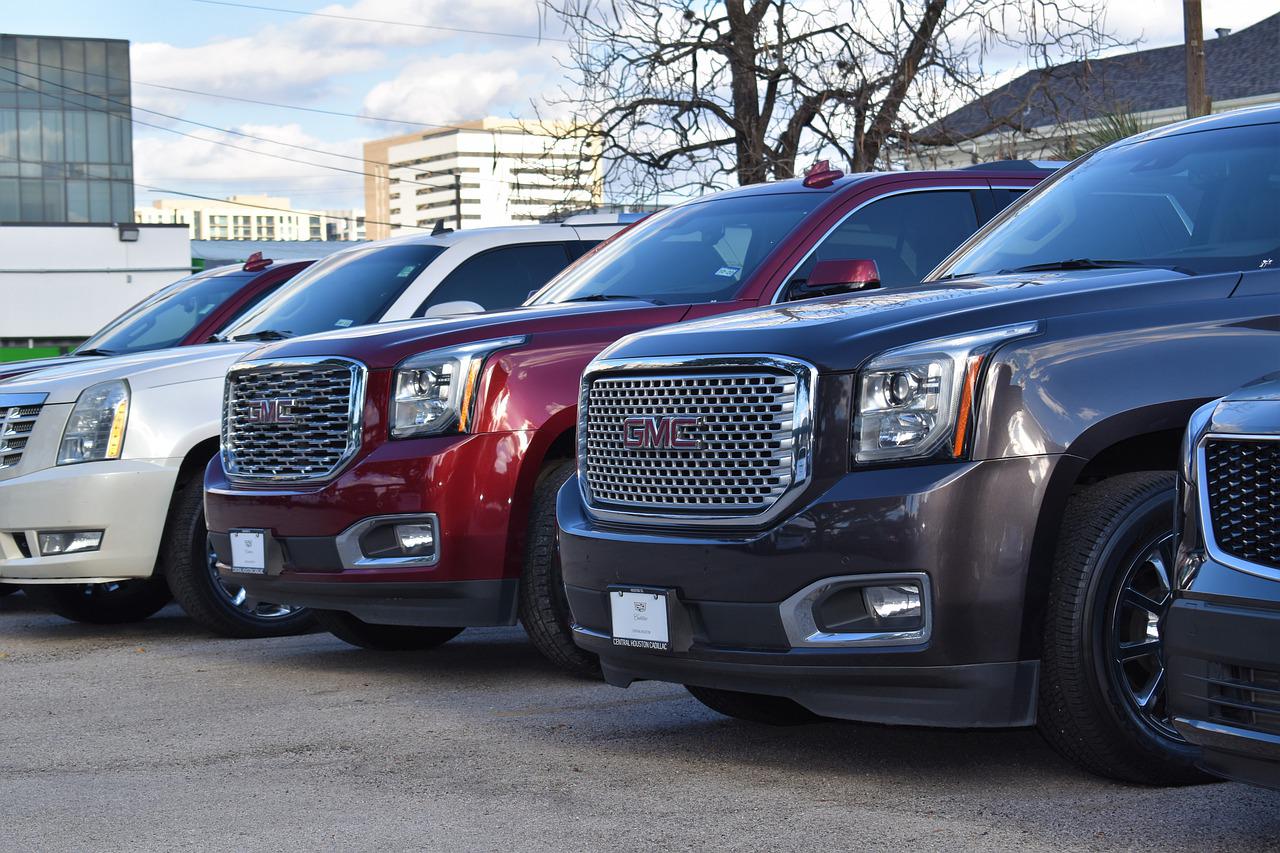The color of a car isn’t always an essential deciding factor when you’re making a purchase decision. Nevertheless, it is still quite important to most buyers.
Factors That Can Influence Your Car Color Choice
Choosing the right color can be challenging, though. Aside from aesthetics, other factors like maintenance, resale value, and cost all influence what car color you choose.
Let’s examine some of these factors to find out the best car colors
Personal Taste
When selecting a car color, the buyer’s personal choice is likely the single most important factor.
Color preferences often reflect a person’s personality. Individuals who wish to stand out tend to prefer bright, bold colors that attract attention, such as yellow, red, or green. Colors such as white, silver, gray, and black may appeal to those seeking simplicity.
Choosing a color that you admire will improve your ownership experience and the satisfaction you derive from your car. You’ll feel more satisfied with your car if it comes in a shade that suits you well.
Maintenance
Maintaining the color of your car might be difficult. Aside from pearl hues, other colors, such as black and red, need cautious maintenance since scratches, grime, and dirt are easy to spot.
White, gray, and silver are the most straightforward colors to keep clean. Lighter hues, in contrast to most dark colors, barely show dirt. Darker colors need more effort to look attractive. The deeper the color, the more scratches you’ll notice and the longer you’ll have to spend polishing body panels.
Dark metallic hues are also more prone to wear and require more care. However, these hues are the most eye-catching when they are properly maintained.
Heat Absorption
Metal is a great conductor of heat. A car coated in a dark hue will have higher heat-absorbing tendencies. Studies have shown that darker colors absorb more heat than lighter ones. Dark-colored cars absorb more heat, making the car hotter. On the other hand, lighter colors reflect heat well.
Cost
Some car manufacturers offer models in specific colors at an additional cost. For instance, Toyota’s Pearl White color is frequently more expensive than other regular colors. Mazda’s flagship Soul Red Crystal and Machine Gray hues are likewise more costly. Getting such branded car colors costs extra money.
Resale Value
The color of a car can have an effect on its resale value. Many buyers choose to buy white, black, gray, or silver cars because they retain their value better. If your car is a flashier color, you may have difficulty selling it.
There is a common misconception that brighter hues like red increase insurance premiums. This is, however, not the case. The color of a car has no impact on its insurance. The only thing insurance companies care about is the make and model of your vehicle and how much it costs to repair and replace it, among other things.

